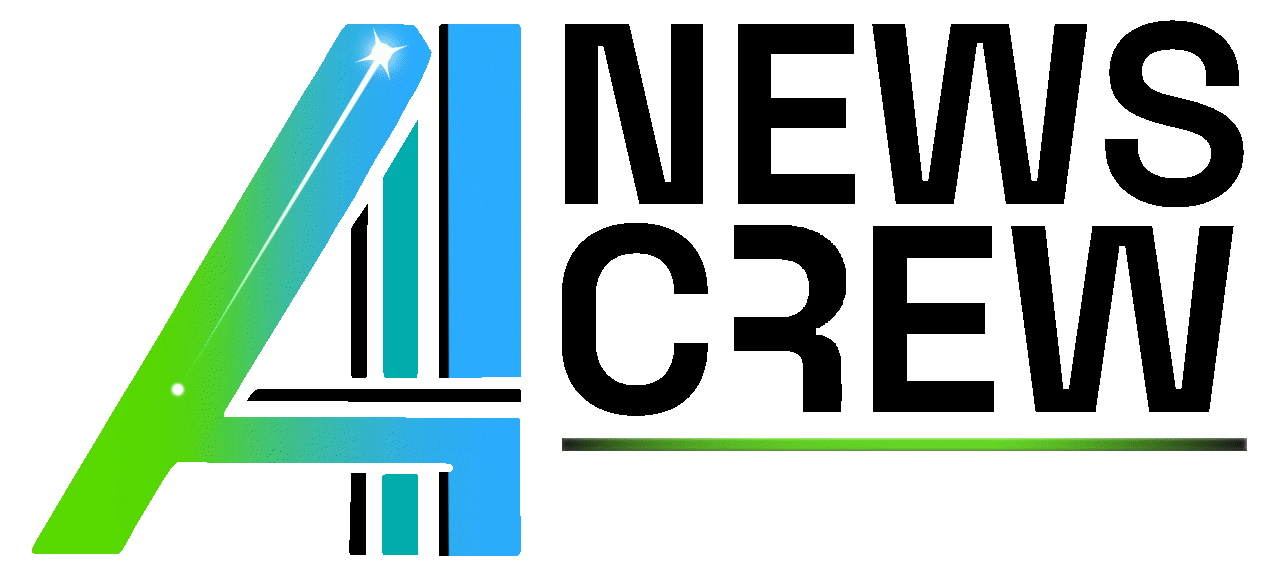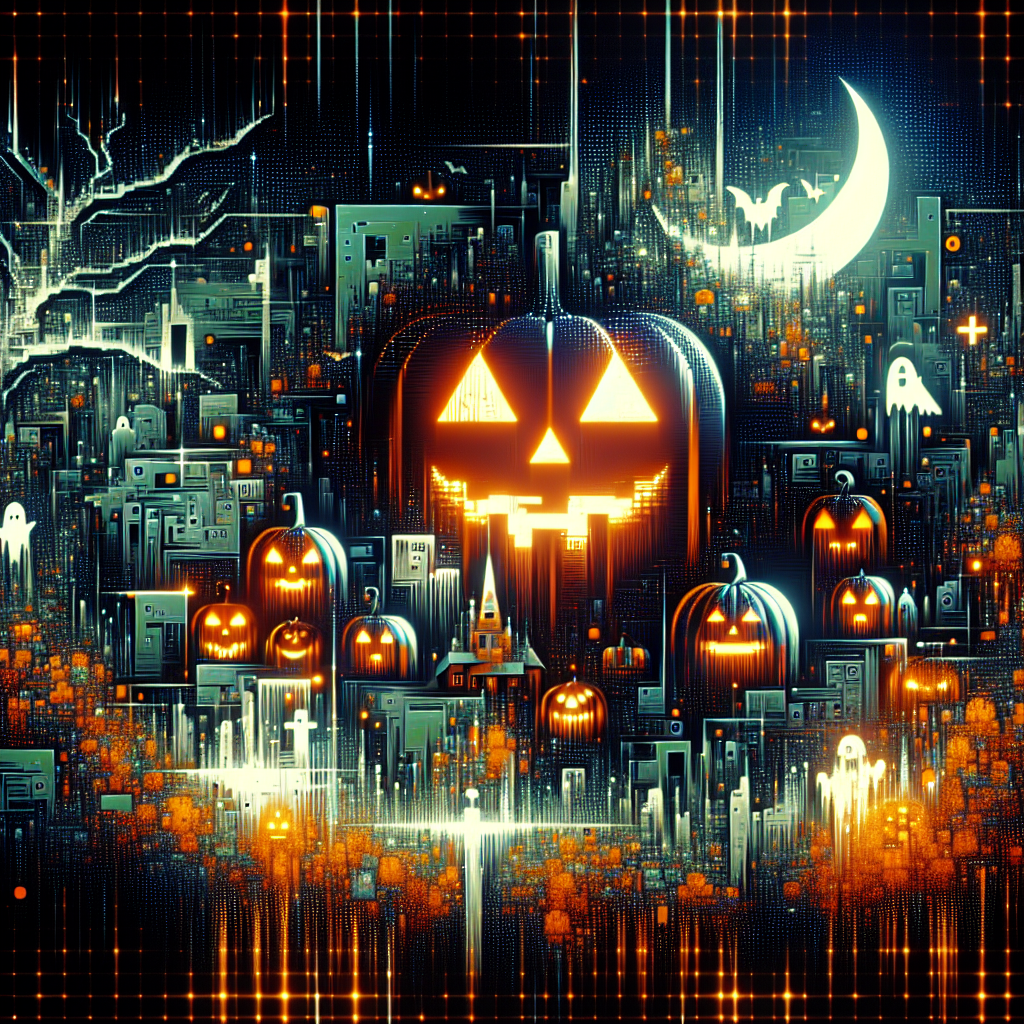Did Disney Use Horrible AI Art to Promote their Halloween Event?
The Origins of the Rumor
As Disney lovers eagerly awaited the announcement of the Halloween event, social media channels buzzed with anticipation. However, excitement quickly turned to bewilderment when promotional artwork featuring what appeared to be low-quality imagery started circulating. Many aggrieved fans identified artistic inconsistencies, spawning speculation about whether these pieces were created through artificial intelligence rather than human hands.
The Critics Weigh In
Art critics and Disney aficionados alike have voiced their concerns regarding the possibility of AI art influencing Disney’s iconic branding. Critics argue that using AI-generated art, perceived as ‘horrible’ by some, undermines the Disney tradition of rich, detail-oriented artistry. Disney has long been celebrated for its exquisite attention to detail, from its feature-length animations to its theme park attractions, making this alleged shift all the more jarring.
AI Art and Its Place in Disney’s World
The world of artificial intelligence art offers innovative tools for creating visuals by leveraging algorithms and machine learning. AI art, though typically capable of producing stunning images, can sometimes miss the mark when it comes to cultural nuances and emotional depth. This raises important questions about AI’s ability to replace human creativity, especially within monumental brands like Disney.
Disney’s Response to the Allegations
In response to the growing outcry, a Disney spokesperson stated, “We are committed to upholding the artistic integrity that our company was built on. We strive to integrate innovative technology with our creative values, ensuring any usage of AI supports our artists rather than replacing them.” This response has done little to quell the mounting skepticism from both the public and industry experts.
Public’s Reaction and the Future of AI Art at Disney
The utilization of AI-generated art poses broader questions regarding the role of artificial intelligence in the creative industries. While some fans expressed disappointment at the prospect of AI art replacing traditional Disney artworks, others see potential in merging technological advancements with beloved nostalgic elements. The conversation around AI art in Disney’s promotional content signals a potentially transformative era for creative industries worldwide.
As AI technologies continue to evolve and synergize with traditional crafts, the outcome of this controversy will likely shape the future landscape of art and entertainment. Disney, an emblem of creative excellence, stands at a crossroads. The path it chooses will likely reverberate across the industry, influencing how AI can contribute to storytelling and artistry.

